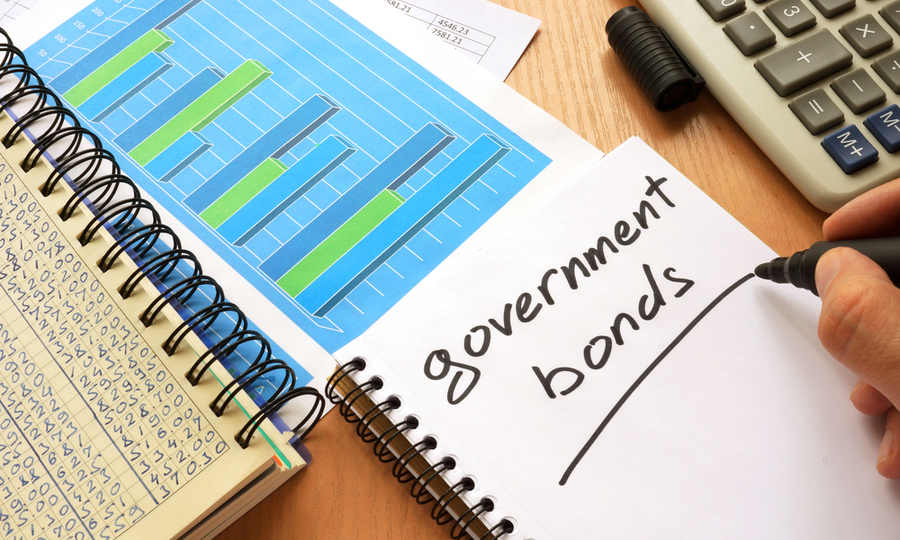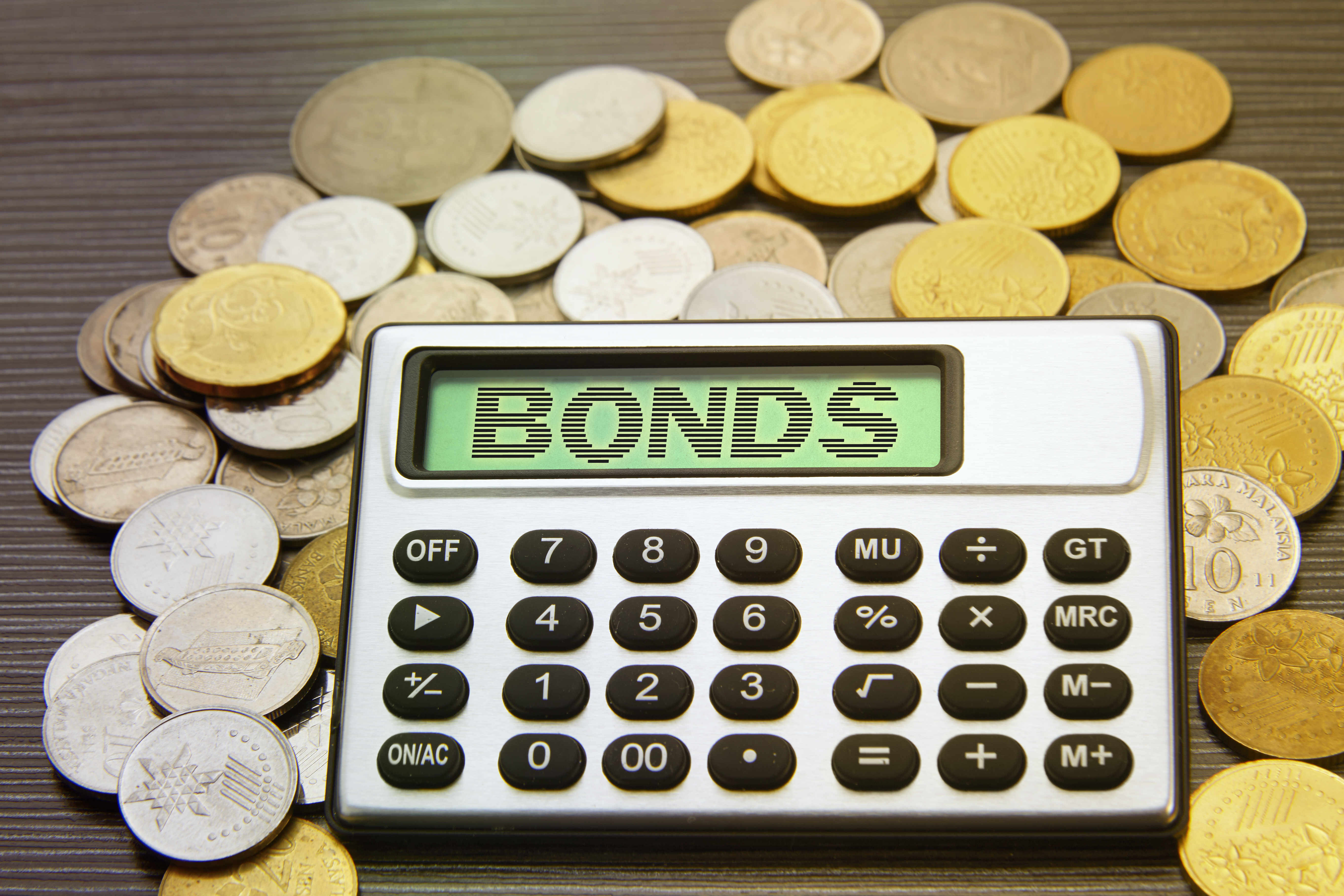I WANT
RELATED LINKS
RELATES LINKS
I WANT
RELATES LINKS
SERVICES
RELATES LINKS
Services
Related Links
Use and Management of Cookies
We use cookies and other similar technologies on our website to enhance your browsing experience. For more information, please visit our Cookies Notice.
Use and Management of Cookies
We use cookies and other similar technologies on our website to enhance your browsing experience. For more information, please visit our Cookies Notice.
- Personal Banking
- Stories & Tips
- What does bond yield mean, and how does it affect your investment portfolio?
- Personal Banking
- ...
- What does bond yield mean, and how does it affect your investment portfolio?
What is Bond Yield ?
Bond yield is the return an investor realizes on bonds. Investors expect interest returns from bonds, similarly to deposit interest at 0.5% or 1% p.a., etc. A bond is a low-risk fixed-income investment, with a specific interest rate such as 2% p.a. and a fixed investment period like 1 year, 5 years, or 10 years. Short-term bonds offer low yields, while long-term bonds offer higher yields, similar to fixed deposits at banks

Why does a bond’s yield matter?
According to financial theories, interest and bond yields are considered a discount rate for calculating the intrinsic value of all types of financial assets – the higher the discount rate, the lower the intrinsic value. Therefore, higher bond yields lead to lower intrinsic Price to Earning (P/E) values in stock markets.
For stock investment, bond yields rising gradually due to robust economic growth is a positive sign for investors. By contrast, a bond shock, which does not reflect economic growth, will undermine profitability due to higher borrowing costs, particularly among companies in the technology industry. Tech companies are very sensitive to bond shocks because their borrowing costs are necessary for research and development. The Nasdaq Stock Market, with its high concentration of tech stocks, plunges sharply when bond yields rise.
Amid rising bond yields, investors don’t like to bear the risk of stock volatility. Bonds with lower risks and fixed incomes seem to be a better choice, so they will sell stocks and hold bonds instead. On the other hand, when bond yields are very low, investors prefer to take higher risks with more profitable stocks in terms of price and dividends, so they would rather buy stocks than holding bonds with low returns – boosting stock markets. The direction of bond yields is clearly opposite to that of stock markets.
In case of an economic crisis, central banks proceed with easement measures and cut policy rates to support indebted business owners with lower interest burdens. As part of economic stimulus policy, low interest is an incentive for new investment with lower financial costs.
When economies recover, economic activities resume with higher energy consumption (particularly oil), as evidenced by increasing global crude oil prices. West Texas Intermediate Crude Oil (WTI) prices jumped by some 25%, from USD 48.52/barrel as of December 31, 2020, to USD 60 /barrel as of March 24, 2021, following investor forecasts of economic recovery and higher oil consumption. Energy is a key cost for every type of business. Higher manufacturing costs lead to higher consumer prices. As a result, the US inflation rate is expected to accelerate faster than previous forecasts, leading to concerns among investors that the Fed may announce an interest hike sooner than expected. The U.S. Treasury Yield keeps increasing, reflecting the interest hike trend.

During economic booms, consumer prices and inflation rate usually increase, whereas overall consumer spending power is lower, as their incomes rise more slowly than consumer prices. A hike in the policy rate helps “cool down” an economy, as the private sector will want to borrow less and consumers will spend less and keep deposits with banks or hold bonds rather than invest in risky assets.
How to adjust your portfolio when there’s a change in bond yields?
Investors may need to reevaluate investment weights between safe assets and risky assets with strong fundamentals. When bond yields increase in line with inflation trends and look interesting, but there is potential growth in the profitability of listed companies, stocks won’t be dumped and stock prices can rise based on fundamentals and future growth trends.
If you hold fixed-income investments before a bond yield rises or during an interest hike, it is recommended that you find short-term fixed-income bonds so that you can quickly invest in new bonds (with greater opportunities for higher yields). Furthermore, short-term bonds are less affected by price loss than long-term ones. On the other hand, when a bond yield or interest rate is going down, long-term bonds are more recommended to maintain yield rates. When you invest in long-term bonds with high yields, you will continue to gain such high fixed income for years without impacts from an interest downturn.
In summary, when bond yields rise, investors should closely monitor news and information to assess whether rising bond yields will have negative impacts on listed companies’ profits. If their profits tend to remain positive, or at least not decreasing, then rising bond yields are not that big a concern. Furthermore, appropriate asset allocation will also help curb investment volatility.
Nipapun Poonsateansup, CFP®, ACC
Independent financial planner, author, speaker
